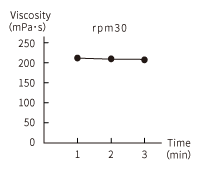Engine oil is a lubricating oil used in the engine.
Normally engine oil is located in an oil pan below the engine and is drawn up into different parts of the engine using a pump.
The main role of engine oil is said to help lubricate, keep the engine cool and air tight, disperse detergents, and prevents rust in the inner parts of the engine.
The viscosity of engine oil characteristically changes with temperatures so is designed to handle many different driving conditions. For example, at colder temperatures, the viscosity of the engine oil helps start engine smoothly, and in parts of the engine that are high temperature where more stress is placed on the engine, the increased viscosity helps to protect the engine and also get the most out of the lubricant effect of the oil. There are many different variations of these temperature vs viscosity relationships of engine oils. For ecological cars, where the engine power low and the fuel efficiency are the focus, relatively low viscous all-season motor oil is recommended by the manufactures, whereas higher viscosity motor oil is recommended for sports cars with a high-power engine that are designed to get the best possible performance out the engine. Engine oil and viscosity have a close relationship and it is controlled by strict quality control.
Viscosity of Engine oil
VISCO™ measurement examples
Spindle : A3L
Sample temperature :29.5℃

Engine oil and viscosity standards
As a representative of an engine oil viscosity standard, there is the SAE standards. This is a standard that was set by the American Society of Automotive Engineers. For example, 5W-30 denotes the viscosity of the oil at low and high temperatures respectively. The 5W is the viscosity at low temperature and the W means winter which represents the viscosity during winter months. The lower the number the more viscous the oil is, even during cold temperatures. This means even at colder temperatures the higher viscous oil will allow for better engine performance and gas mileage. The last set of number indicates the viscosity at high temperatures. The higher the value, the engine oil will remain hard even at high revolution rates so is fit sports cars.